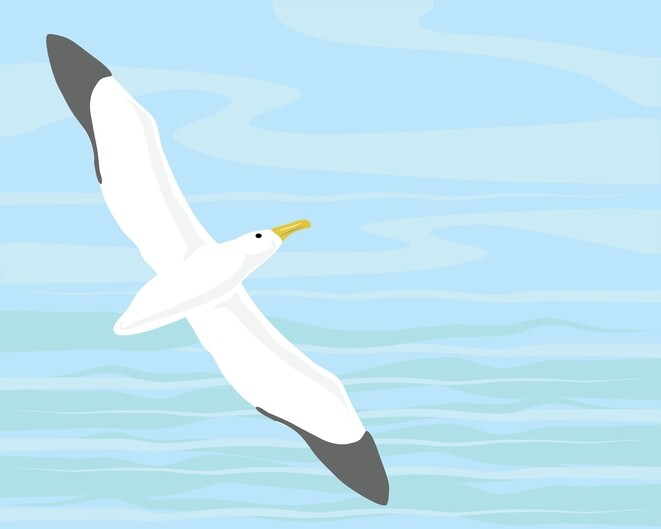I think this was one of our favorite days. Kagoshima is the southernmost point we visited in Japan, and we’d definitely come back.
We had an exceptionally good guide today. Ordinarily, Japanese don’t talk about their personal lives much so although we get a lot of information, there’s not a lot of connection with the person. During the inevitable long bus rides, Yoshiko shared her wedding picture (Shinto wedding), gave us a lesson on the 3 different alphabets the Japanese use (Chinese – 1200 characters or so, Japanese for Japanese things – 50 and Japanese for modern things – 50), passed around her son’s workbook from when he was 6 and learning all 3 alphabets, passed around origami paper and taught us how to make a samurai helmet, and came around to each of us and wrote out our names in Japanese characters. She also made sure we knew what we were eating at lunch and how to eat it.
In plain sight when we arrived was a prominent mountain – Mt. Sakurajima. Surprise! It’s one of the world’s most active volcanoes. Although we thought it just had a cloud over it, it turned out to be ash. No one seemed to care – Yoshiko said it erupts, on average, once a day. They don’t like the ash on their cars but that was as worried as they seemed to be.
We visited the town of Chiran on the Satsuma Peninsula (when you’re in an area named for one of my favorite fruits you know the climate is a benevolent one – and the weather gods smiled again on us) known for its preserved samurai neighborhood. People still live in these homes but let tourists wander in their gardens. It was like the Disneyland of Japan but real. I could have walked around for hours.
The tour included lunch at a resort restaurant – and, being in Japan (Buddhists don’t eat animal products so this wasn’t a unknown concept), it was wonderful. The omnivores were happy since they each got their own tabletop hibachi to grill their meat to put on their rice. We had a perfectly varied assortment of toppings for ours and some sake.
On a more somber note, Chiran was also the location for a great many of the kamikaze pilots. Since this was Japan’s southernmost point, it was the closest to Okinawa and was a training facility and point of departure for the pilots, who although they volunteered, there was also a great deal of pressure to do so. The museum we visited did not allow photos. It was quite poignant because the majority of the artifacts, besides the remains of planes, were the pilot’s personal belongings and letters they’d written the day before their missions. Because they were so young, most of the time the letters were to their mothers.
Our final stop was the Sengan-en garden which, according to our printed information “surrounds the 17th villa of the powerful Shimazu clan. A few centuries later, one of the clan’s descendants built Japan’s first Western-style factory in Kagoshima to produce armaments, glass, ceramics and farm tools.” It’s an enormous garden at the seaside, with another view of the volcano. Part of the entertainment was a traditional drum group.









Whether you own a large or small house, the goal in a Japanese garden is to emulate a scene from nature. Hence, rocks standing in for mountains, raked gravel to suggest waves, etc. You then have a view of this scene from the living space, which itself, converts from sleeping quarters to living room.








Lunch for the plant eaters. Toppings for our rice included noodles, various vegetables, taro root, mushrooms and nori. There was a plant based sauce that was heated as an additional topping.


This appeared to be a working studio vs just a classroom setup at the resort where we had lunch but I wasn’t sure. There were woven pieces available for sale.


At one of the information centers, the fellow running the place found an easy mark. What tourist doesn’t want to pose in samurai gear?







As in many ports, locals came out to greet and/or send us on our way – with a school band. Given how small the dogs usually are, this pair caught my eye. Also helping catch my eye was the color – I don’t think I’ve ever seen a white standard poodle with black ears. It was very well socialized and allowed all sorts of attention. However, I think his major skill was posing.


